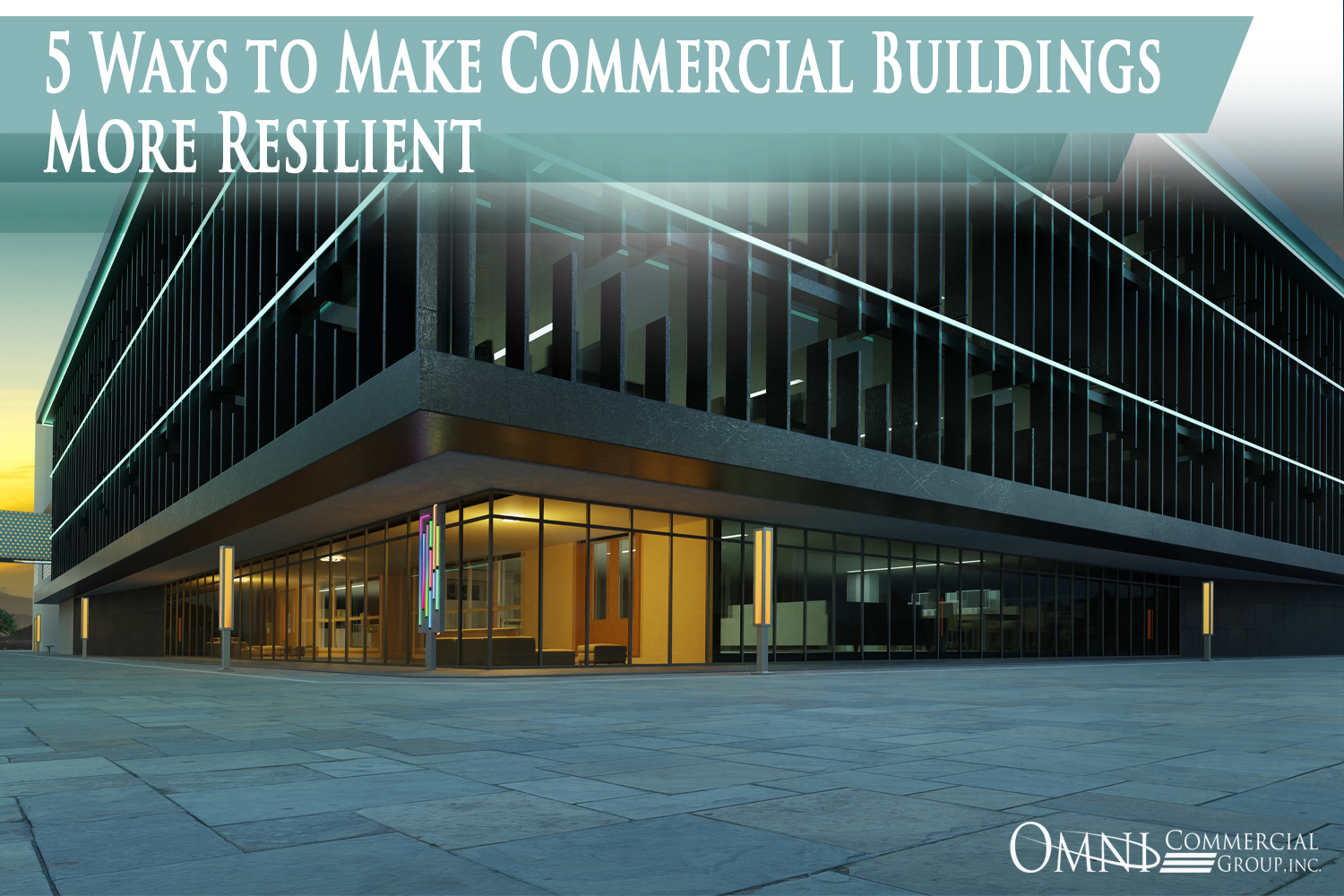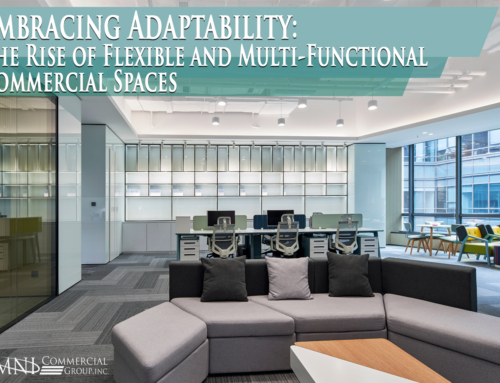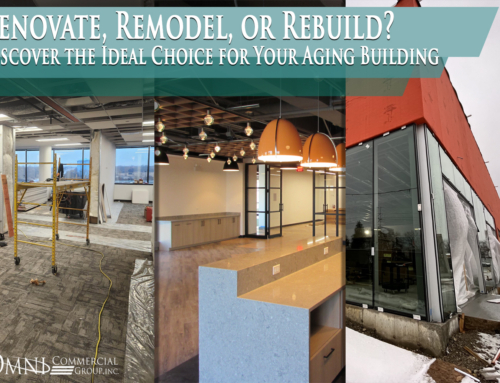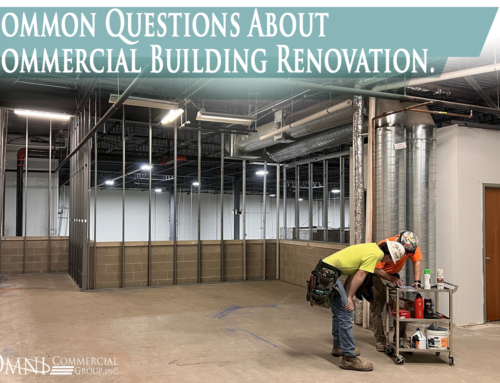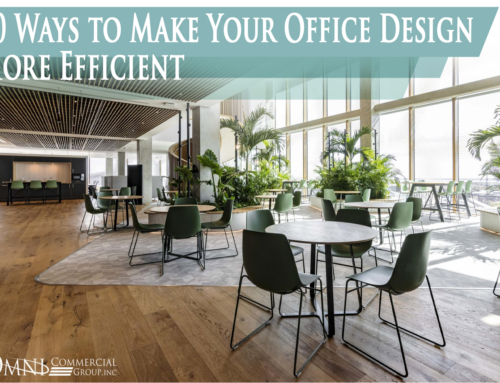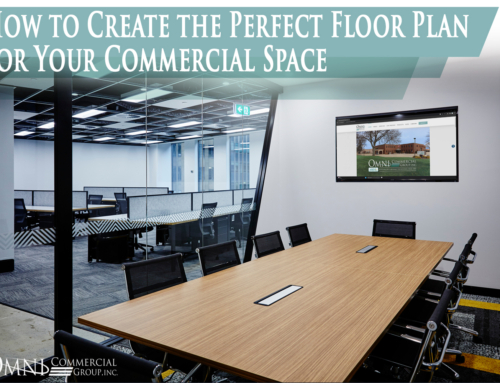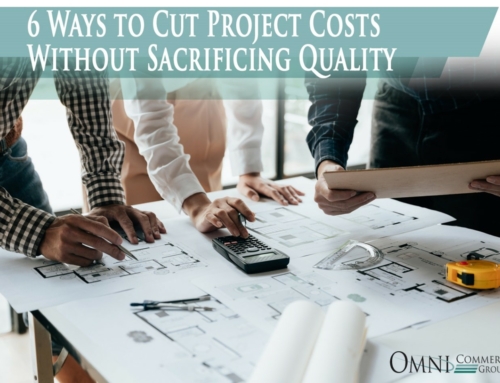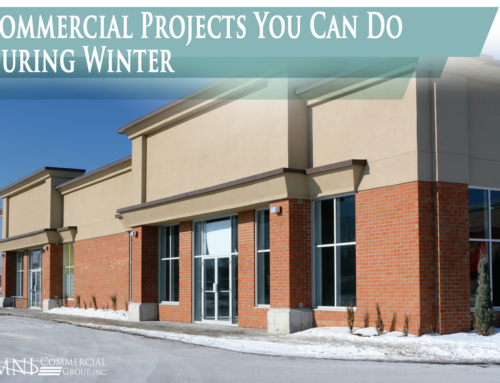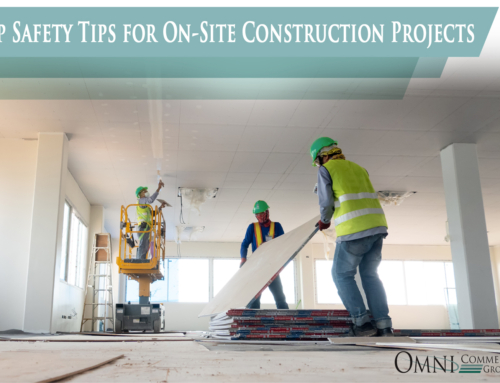Over recent years, the destructive effects of natural disasters have been getting more frequent and intense. The best thing you can do is to be prepared to mitigate the impact of disasters, and ready to rebuild or repair any damage with ease. For commercial property and facility management professionals, being prepared isn’t simply an option, it is a necessity. National Preparedness Month serves as an annual reminder that disasters and emergencies can strike unexpectedly, with the potential to cause significant disruption to your business operations. Whether it’s a natural disaster like a flood or a fire, or a man-made crisis such as a chemical spill, being prepared can make all the difference in how quickly and effectively your commercial property can recover.
When creating resilient commercial buildings, you must know and understand the natural elements of your area and the adverse effects those elements can have on your structure. There are areas where only specific types of natural disasters my occur, and in those situations, it is wise to focus on withstanding that specific type of disaster’s destructive effects. Here are the things to focus on:
Climate-Resilient Building Design:
Incorporate heat-resistant materials and climate-adaptive designs during construction or renovation to enhance the building’s resilience. In the United States, there is a rating system called LEED (Leadership in Energy and Environmental Design) that sets the standards as far as green efficiencies go. LEED-certified buildings save money, improve efficiency, lower carbon emissions, and create healthier environments for people. To achieve LEED certification, a project earns points by adhering to prerequisites and credits that address carbon, energy, water, waste, transportation, materials, health, and indoor environmental quality.
Cool Roofs and Green Spaces:
Install cool roofs and create green spaces on rooftops and around buildings to reduce heat absorption and enhance cooling. Gardens are not new to commercial environments, but the new trend of green spaces and roofs are. A green roof is essentially a rooftop garden that can help reduce greenhouse gases by lowering energy consumption requirements! When green gardens are installed on the outside of a building, they help to insulate it, which reduces heating and cooling costs.
Energy Efficiency Upgrades:
Invest in energy-efficient lighting, HVAC systems, and appliances to reduce energy consumption and operational costs. Another affordable way to reduce energy consumption in a commercial building can be achieved through passive solar building design. Passive solar design is different to solar panels because it is centered around incorporating natural light into commercial spaces. A passive solar building design makes the sun an important element in the building’s functionality. This includes the building’s heating, cooling, and lighting. Installing these designs involves careful selection of aspects such as building location and size, as well as the placement of windows and walls around the building. Finding the balance between the benefits of natural daylight while controlling the potential for problematic issues is a design challenge on many projects, but rest assured that our team can help.
Advanced Cooling Systems:
Explore advanced cooling technologies, such as evaporative cooling or geothermal systems, to minimize the strain on conventional HVAC systems. HVAC systems use more energy than anything else in commercial buildings. To combat this, focus on achieving a minimum level of energy efficiency for the building and its systems.
An energy efficient commercial building starts with a design that reduces overall energy needs, such as building orientation and the selection of climate-friendly building materials. Strategies like passive heating and cooling systems, natural ventilation, and high-efficiency HVAC systems partnered with smart controls further reduce a building’s energy use.
Regular Maintenance:
Conduct routine inspections and maintenance to identify and address potential vulnerabilities before they escalate into more significant issues. These inspections might identify minor needs, like repairing doors or lighting fixtures, both inside and outside, to more complex needs such as resolving electrical or plumbing issues.
Extreme climates pose significant risks to commercial properties. By recognizing the potential effects and implementing adaptation and mitigation strategies, property and facility managers can safeguard their investments, protect occupants, and ensure long-term sustainability in the face of a changing climate. Embracing sustainable practices and prioritizing climate resilience will be crucial for navigating the challenges of extreme weather in the years to come.
A trusted restoration partner can help with both response to and reconstruction of any damage caused to your commercial property from various natural elements. Build a relationship with a reliable commercial contractor who can also assist with planning efforts and implementation of various mitigation strategies. At Omni Commercial Group, we check every box on your general contractor checklist. We specialize in commercial construction, tenant finishes, remodeling, demolition, and maintenance in the Chicagoland area. If you are looking for a reputable general contractor in Chicago, think Omni Commercial Group. Contact us today.

